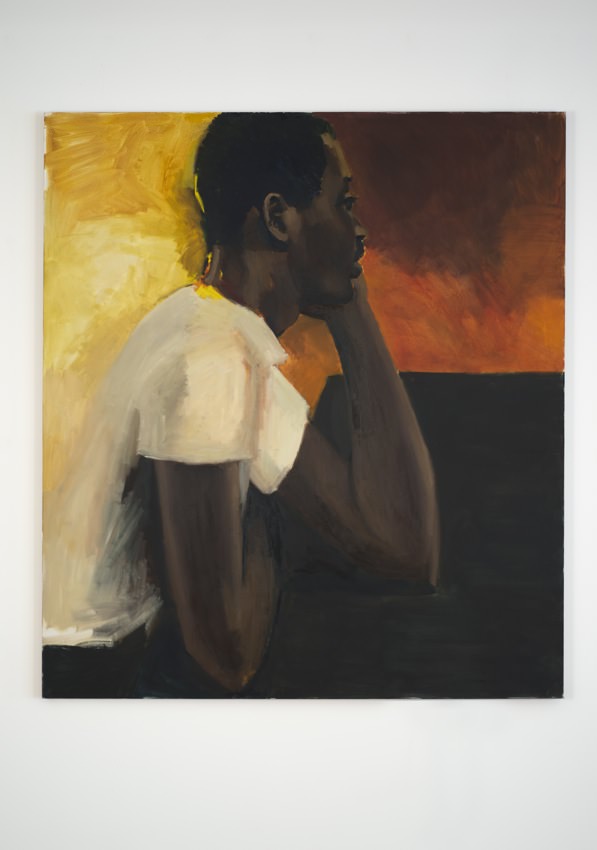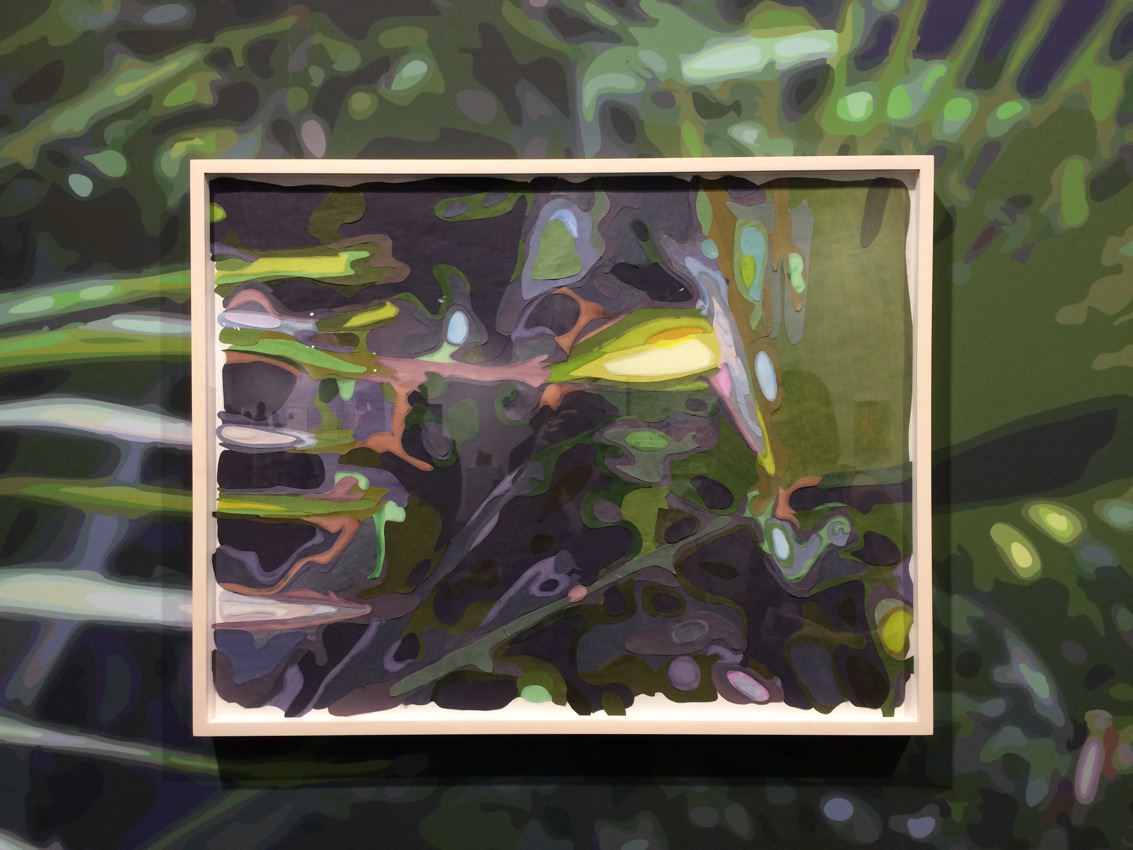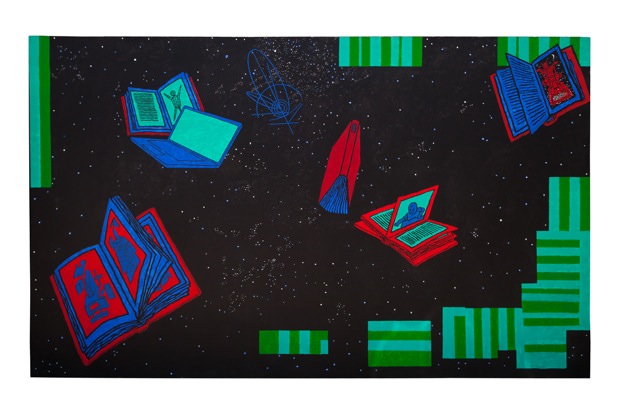From Kate Steciw’s asymmetrical paintings to Alex Walp’s red-topped storage container filled with unused paper, and Rick Silva’s video game, Jordan Tate’s “Color Shift” at Mixed Greens, on view through February 9, is an unexpected investigation into contemporary art’s return to minimalist and modernist aesthetics. An unquestionably academic exhibition with artist’s taking inspiration from modern art greats such as Yves Klein, Tate commissioned seven contemporary artists to create work that reflects modernism’s concerns with color and material.
We spoke to Tate about what inspired him to look back to modernism, the importance of color in contemporary art, and how the “Color Shift” exhibition reflects his own artistic goals.
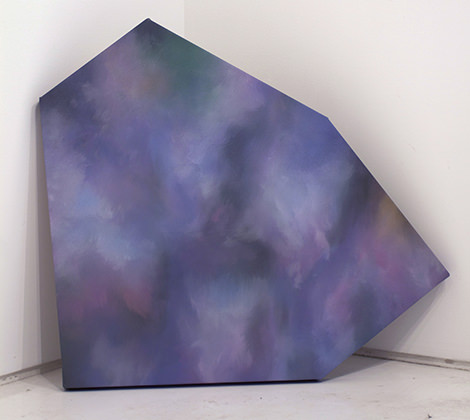 2012
2012
WHITEWALL: Stepping into “Color Shift” at Mixed Greens Gallery, the exhibition seems unique in its attention to modernism and minimalist aesthetics in comparison to the more expressionistic shows currently on view in Chelsea. What inspired you to curate this show?
JORDAN TATE: The exhibition was part observation and part reaction to the predominance of contemporary non-minimal art. I have seen a huge resurgence of the use of modernist thought process (particularly with regard to contemporary meta-photographic work), but wanted to attempt to curate an exhibition that extended this inquiry to minimalist art.
That said, I am not arguing that minimalist work is simple, nor am I suggesting that work that doesn’t fit the minimalist aesthetic is cluttered, distracted, or in any way less sophisticated. I was attempting to apply the concerns of the massive paradigm shift modernism brought to bear to the massive shift we find ourselves to be in right now, which places the Internet and digital technology in the seat that photography found itself in after its invention.
 Tranquil Evening
Tranquil EveningWW: Why does their need to be a comparison between an historic movement and contemporary practices?
JT: In a very basic sense, I think it is important to consider how our past has lead us to where we are. The old adage “Those who cannot remember the past are condemned to repeat it” bears some relevance here, but I am much more interested in the value of repetition. We continue to deal with the same fundamental (and recurring) problems, and acknowledging that this has happened before can provide a great deal of insight and clarity to how we address these ideas now.
WW: How did you select the seven artists involved in the exhibition?
JT: Some of the artists dealt more implicitly with these concerns aesthetically, and others appeared to operate more theoretically in line with modernism. I wanted the works to tread equally between aesthetic and methodological approaches to the ideas proposed to them in the exhibition text.
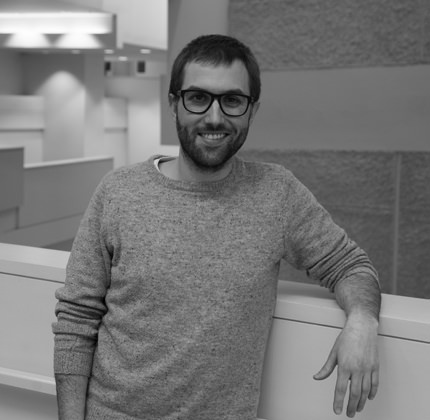 2012
2012
WW: What were those ideas that you proposed to them?
JT: I asked each artist if they were willing to participate in an exhibition addressing these themes, and sent them the first draft of the press release. I chose artists whose practices and processes I had faith in and trusted that the works they produced would reflect that.
WW: Can you give an example of one work that worked with Modernism on an aesthetic level and one that worked on a theoretical level?
JT: Sherwin Tibayan’s work, Installation View #1 (MOMA, Blue Monochrome, 1961, Yves Klein), works on both levels and serves as a clear example of these modes of working. His recreation of an installation view of Yves Klein’s works at MOMA mirrors the aesthetics of Klein Blue and other color field works, the subtle inquiry into the function of his materials (drywall and painters tape), and the role of photography in formulating our understandings of place and experience.
 Platonic Solid #3: Octaheron, Constructed Anamorphically
Platonic Solid #3: Octaheron, Constructed AnamorphicallyWW: In addition to being a curator and an assistant professor at the University of Cincinnati, you are also an artist. Your work seems to engage in similar issues to the ones presented in the show, such as the importance of color in art-making. How does “Color Shift” relate to your own work?
JT: It is a presentation of works that I love and am incredibly drawn to, but couldn’t see myself making. Each of the works in the exhibition speak to my concerns and aesthetics very powerfully, but they speak to it in a very different voice than my own. I would liken it to the development of a conversation among peers – in this exhibition I have surrounded myself with works that help me understand many of the concerns I address in my own work, but allow me to see those concerns addressed from perspectives that broaden and enrich my own.
WW: Did any work really surprise you or cause you to look at your own practice as an artist differently?
JT: Not really. This is not meant to imply that I expected this work from each of these artists, but it is an acknowledgment of the process of the exhibition. I asked these artists to respond to these ideas and trusted that they would come up with something interesting. In that sense, none of the work surprised me because I tried not to develop expectations.
 2012
2012
Jordan Tate (born in 1981) is an Assistant Professor of Art at the University of Cincinnati. Tate, a Fulbright Fellow (2008-2009), has a Bachelor of Philosophy in Interdisciplinary Studies from Miami University and a Master of Fine Arts in Photography from Indiana University. Tate’s work is currently held in collections nationwide, including Rhizome at the New Museum, the Museum of Contemporary Photography, The Bidwell Projects, and the Cincinnati Art Museum. Recent exhibitions of his works include: Herron School of Art, PH Gallery (UK), Higher Pictures (NYC), The Photographer Gallery (London, UK), and the Museum of Contemporary Art, Cleveland.








